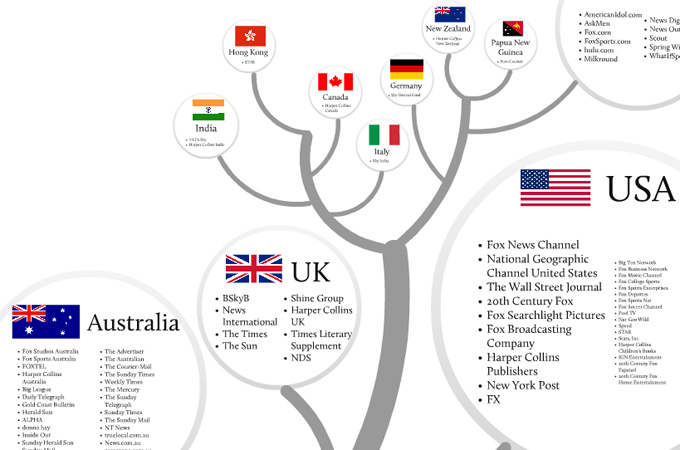Judith Butler describes gender as “an identity instituted through a stylized repetition of acts”. In other words it is something learnt through repeated performance.
How useful is this idea in understanding how gender is represented in Music Videos?
Refer in detail to your chosen style models
Style models:
- young rising sons – high
- Hammock – mono no aware
High on gender representation:
- relates to class based behaviors (masculinity relating to poverty, intersectionality)
- identity instituted through repetition: main character decides to just “hold on”. This later becomes a more common behavior as you see the main character try to see the light in the darkness more and more near to the end as he hangs out with his friends who are in the same situation. Lecan – main character sees friends in same desperate situation and feels a sense of identity as a group with his friends. They share this bond of desperation together and it becomes their only escape
- this shared desperation is shown to, as a whole, represent their gender identity: desperation has led to recklessness (they have nothing to lose). In this recklessness there is a level of power associated with masculinity (being unkempt, uncaring).
Mono no Aware on gender representation:
- mono no aware relates to isolation: the video shows a woman alone in nature throughout the entire video. This theme of isolation could relate to themes of modern day society such as isolation from the female identity and vital women’s history left forgotten
- A form of identity disassociation (Lecan) – a lack of representation causes a lack of identity as there is a lack of people to relate to. A lack of representation leads to a lack of learned behavior from the other (repeated performance) – leading to fractured identity
Judith Butler describes gender as “an identity instituted through a stylized repetition of acts”. In other words it is something learnt through repeated performance.
How useful is this idea in understanding how gender is represented in Music Videos?
Judith Butler’s statement on identity can be applied to many different music videos in order to understand gender representation. For example, in High, the identity of the main character can be explained through Lecan’s Mirror theory, where the self is explored through the ‘other’. This can be seen where the main character is seen through two sets of shots: a series of colour shots where the main character is alone and a series of shots where the main character is surrounded by others. In the colour shots, the main character can be observed to be deeply upset about their situation. In the shots where he is surrounded by friends, however, he can be observed seeing them in the same situation as him with the same sadness that he has. Lecan’s mirror theory can be used as the main character, with his friends, identifies with their situation – seeing them as the ‘other’ and proceeding to copy their behavior as the main character has a shared solidarity with the others. This links to Judith Butler’s statement on gender identity as the main character copies the behavior of the others the more they are exposed to the behavior the others exhibit.
It should also be mentioned that the behavior and ultimately their shared identities copied is situational – The characters appear to be in a desperate situation, showing utter recklessness as they have little to lose. This recklessness can be associated with masculine identity as masculinity as seen as a more active identity rather than passive. This repetition of masculinity through the main character and their friends leads to a more solid identity of masculinity forming. On the other side of that, Mono no Aware focuses on the opposite. Mono no Aware focuses on the theme of isolation, with the main character alone in a cold country. Mono no Aware explores the idea of fractured identity, with the main character left unrepresented (there is a lack of the ‘other’). This lack of representation leads to a lack of behavior to learn and ultimately a lack of solid gender identity. The song (Mono no Aware) does not have any lyrics, relating to the idea of passivity which can be linked to femininity. This can be linked to gender stereotypes as the main character is a woman and therefore would fall under that stereotype.
In conclusion, Judith Butler’s statement on how gender is “an identity instituted through a stylized repetition of acts” Is partially true as gender identity ultimately relies on representation within media. Stereotypes are forged which create solid ‘rules’ for how gender is represented. Gender is represented through media through these rules. These acts are then repeated through the media, creating a concrete set of ‘rules’ for gender identity.






